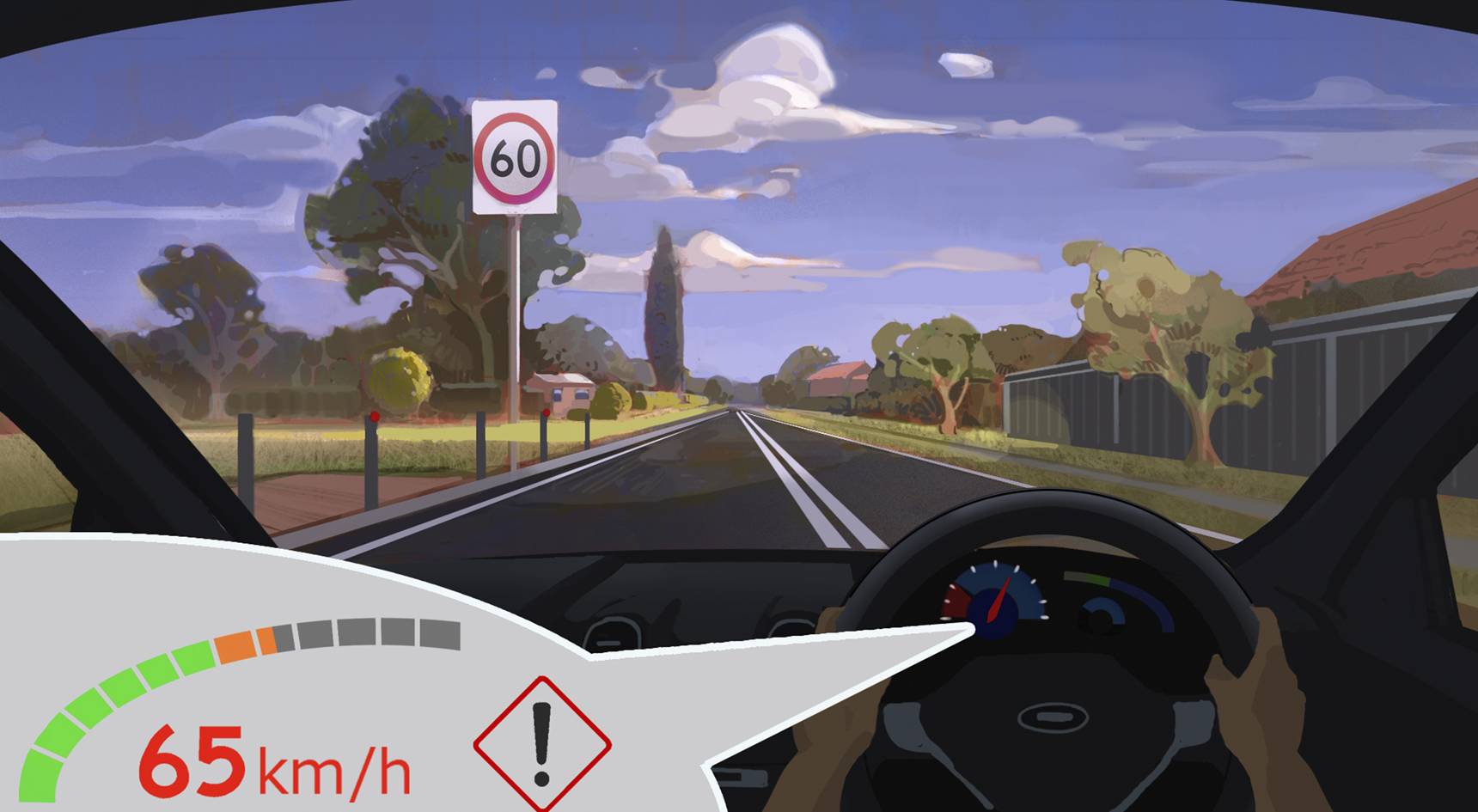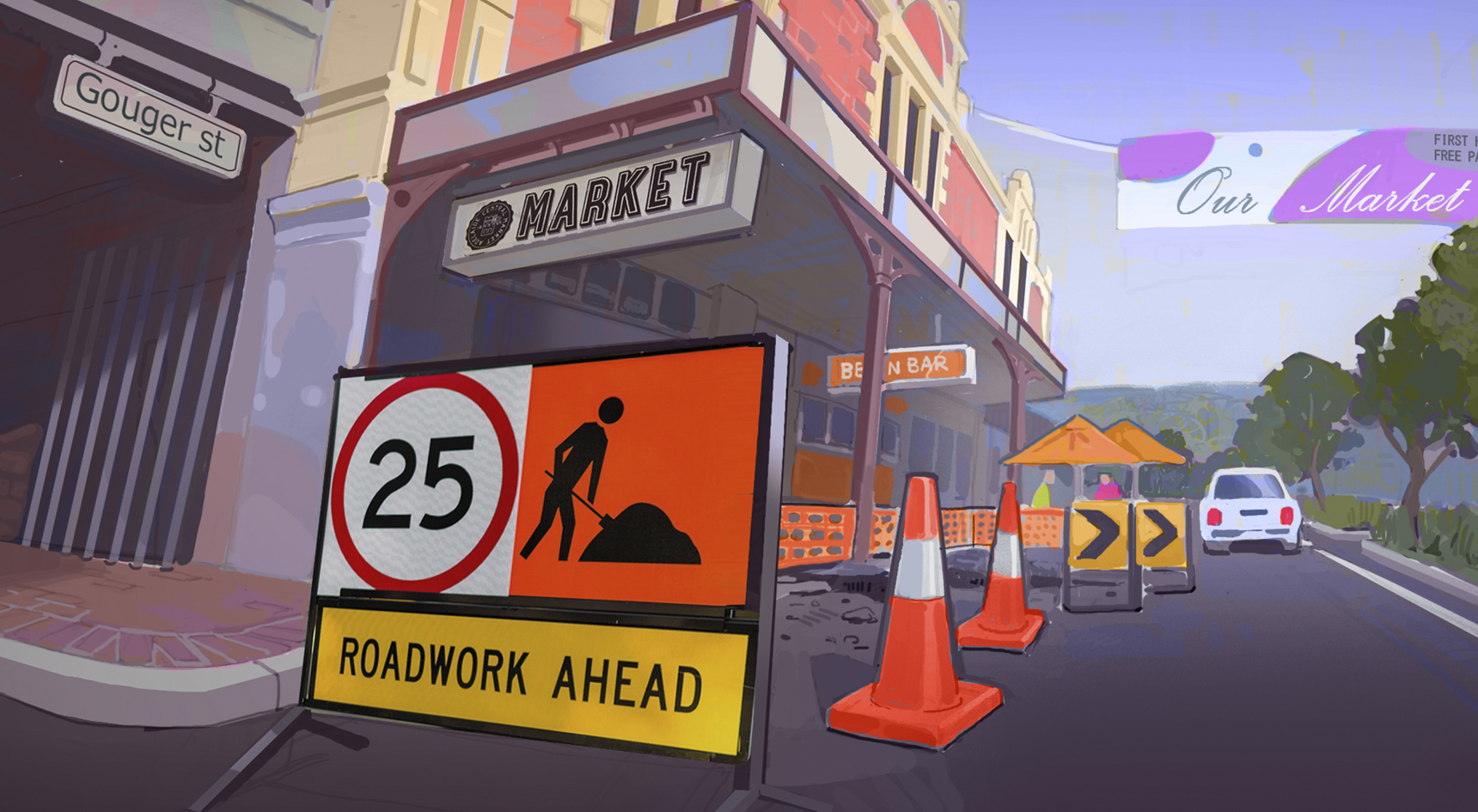5 speeding myths debunked
 When we’re learner drivers, we’re told time and time again about the dangers of speeding, but can you be sure everything you were taught is fact, not fiction? We take a look at a few common speed myths that many drivers take as gospel.
Speed is one of the major causes of road crashes, and despite many warnings to slow down, South Australians still forked out almost $65 million in speeding fines in 2019/20.
Part of the issue is that many drivers are still unclear about speed-related road rules, believing myths that have been passed down for generations.
Myths, like the ones below, need to be debunked as they can cause confusion on the road.
Prepare to have these speeding myths busted!
When we’re learner drivers, we’re told time and time again about the dangers of speeding, but can you be sure everything you were taught is fact, not fiction? We take a look at a few common speed myths that many drivers take as gospel.
Speed is one of the major causes of road crashes, and despite many warnings to slow down, South Australians still forked out almost $65 million in speeding fines in 2019/20.
Part of the issue is that many drivers are still unclear about speed-related road rules, believing myths that have been passed down for generations.
Myths, like the ones below, need to be debunked as they can cause confusion on the road.
Prepare to have these speeding myths busted!
Myth 1. I can speed while overtaking
Picture this: you’re on a road trip, cruising along a country road, listening to some tunes when suddenly you come up behind a truck travelling below the speed limit. When you see a break in traffic coming in the opposite direction, you indicate and begin to overtake. Before you know it, you’re driving 20km/h above the speed limit to get past the truck, and back into your lane, as quickly as possible. You think to yourself, ‘Oh well, I was only speeding for a split second while overtaking – surely, I haven’t broken the law’. Unfortunately, you’re wrong. In the eyes of the law, overtaking isn’t an excuse to speed. The Australian Road Rules explicitly state that it’s illegal for motorists to exceed the speed limit under any circumstance, including overtaking. If you do, you could be hit with a speeding fine, or worse, charged with driving without due care, which can result in a court date. It carries a maximum $2500 fine, as well as a $90 Victims of Crime Levy and 3 demerit points. Next time, before you overtake, consider the amount of time you need to complete the manoeuvre without exceeding the speed limit. For example, if your car’s travelling at 110km/h, you’ll you need about 2km of clear road to safely overtake a 26m B-double travelling at 100km/h.
Illustrations: Duncan Li
Myth 2. It’s okay to exceed the speed limit by a few kilometres
You’ve probably heard a friend or relative say something along the lines of “I’m not harming anyone by driving a few kilometres over the speed limit”. They’re wrong. The myth that it’s okay to exceed the limit by a few kilometres can have potentially catastrophic consequences. For example, imagine you’re driving at 60km/h and suddenly spot an unexpected hazard, like a pedestrian. If the pedestrian crosses your path 45m away, you’ll come to a stop before hitting them (incorporating driver reaction time and vehicle braking distance). If you’re travelling at 65km/h, you’d be still travelling at 32km/h when you reach the pedestrian, seriously injuring or possibly killing them. You also risk a $406 fine, plus a $90 Victims of Crime Levy and 3 demerit points if you’re doing more than 10km/h about the speed limit.
Myth 3. I don’t need to slow down when I see a 25km/h roadwork sign if there aren’t workers present
Encountering a 25km/h roadwork sign when there aren’t any workers around can be extremely frustrating, even for the calmest drivers. Even when workers aren’t present, you still need to slow down to the indicated speed. You need to maintain that speed until there’s a sign saying otherwise. The roadwork sign could’ve been left out overnight for a variety of reasons, including potential hazards or the road condition. Before you go ignoring the sign, consider the potential consequences if you’re caught speeding. A motorist caught travelling at 60km/h in a 25km/h zone could receive a whopping $1500 fine, plus a $90 Victims of Crime Levy and 7 demerit points. For drivers sick of those pesky 25km/h roadwork signs being left out when work is complete, there may be relief in the future. The State Government has introduced new laws that could see road traffic companies fined $1250 for leaving speed limit signs out after their permit has expired. If you see missing or incorrect signs at roadworks or signs you think should be removed because no work is taking place, call the Department for Infrastructure and Transport on 1800 018 313.

